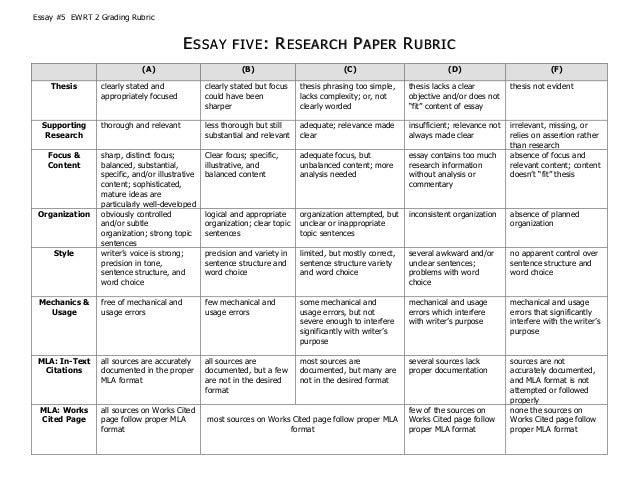Academic Honestly and Policy Standards
Mutual Learning Agreement
At the beginning of the school year, students were given a copy of the Mutual Learning Agreement Contract that outlines our classroom academic policy. By signing this contract, both the student, parents or guardian(s) and myself as the teacher recognize the integrity of this contract and agree to the terms.
|
Our Mutual Learning Agreement
|
||||||
|
||||||
|
||||||
|
||||||
|
||||||
|
Signed: |
||||||
|
||||||
|
||||||
Grading System:
Below is the grading system in which I based my assignments on. The most weighted assignment is the research project. This is because this assignment is the most anticipated project in terms of time constraint and how much the students will focus on this project. Students will begin to brainstorm on research ideas in early September and come up with a Research Focus Plan in early October. Students will present their final project in late April.
| Assignments | Percentage |
| Homework | 10% |
| Quizzes and Weekly Reflection | 20% |
| Discussions | 20% |
| Midterm Exam | 20% |
| Research Project | 30% |
Research Project Rubric:
Below is the rubric in which students will be expected to follow as they progress through their research project.

K-W-H-L Research Organizer
The Know-Want to Know-How do I learn-Learned (K-w-H-L) Organizer is one of the most effective methods of guiding students in their research project path. With this organizer, it allows students to jot down their ideas and thoughts that occur in research and helps them refine a focus on their topic.
Our Textbook:
For our classroom, students will be using "The American Pageant" by Cengage Publications.
NYS Learning Goals:
History of the United States and New York: Students will use a variety of intellectual skills to demonstrate their understanding of major ideas, eras, themes, developments and turning points in the history of the United States and New York.
World History: Students will use a variety of intellectual skills to demonstrate their understanding of major ideas, eras, themes, developments and turning points in world history and examine the broad sweep of history from a variety of perspectives.
Geography: Students will use a variety of intellectual skills to demonstrate their understanding of the geography of the independent world in which we live-local, national and global-including the distribution of people, places and environments over the Earth’s surface.
Economics: Students will use a variety of intellectual skills to demonstrate their understanding of how the United States and other societies develop economic systems and associated institutions to allocate scarce resources, how major decision-making units function in the United States and other national economies and how an economy solves the scarcity problem through market and nonmarket mechanisms.
Civics, Citizenship and Government: Students will use a variety of intellectual skills to demonstrate their understanding of the necessity for establishing governments; the governmental system of the United States and other nations; the United States Constitution; the basic civic values of American constitutional democracy; and the roles, rights and responsibilities of citizenship, including avenues of participation.
For more information about the Social Studies Framework and guidelines, you can find information on the website of the NYS Education Department.
Outside Resources and Additional Activities:
In addition to the materials provided in our textbook, I highly recommend the following websites:
1) Smithsonian's History Explorer
In our class, we will be working towards a research project by the end of the year, which will require students to use primary and secondary
sources. This website is a wonderful place to begin generating ideas and topics students could research and consider for their own projects. In
addition, this website is home to real time Smithsonian artifacts!
2) National Archives
The National Archives website is a free public website for anyone to access historical documents, photographs, etc. This website is another place
we frequent in the classroom for in-class lectures and for outside research.
3) Crash Course
We love Crash Course videos in our classroom! These videos are a fun way to get students engaged and to familiarize themselves with historical
events and we frequently watch them as part of our daily bellringers!
PBS Learning Media is a packed with interactive and engaging activities, timelines and documentaries to help students see and understand events
from a historical standpoint. The resources featured on this website are incorporated into various group work activities (peer reading) and
timelines offered from this website are used as "Notebook Guides" for students when we have classroom discussions.
This website is a crucial website in the students' research process. This website offers several tips and tricks to helping students with their research
projects. This website contains citation styles, how to properly reference web and book sources, etc. I consider this to be a "pocket guide", if you
will.
